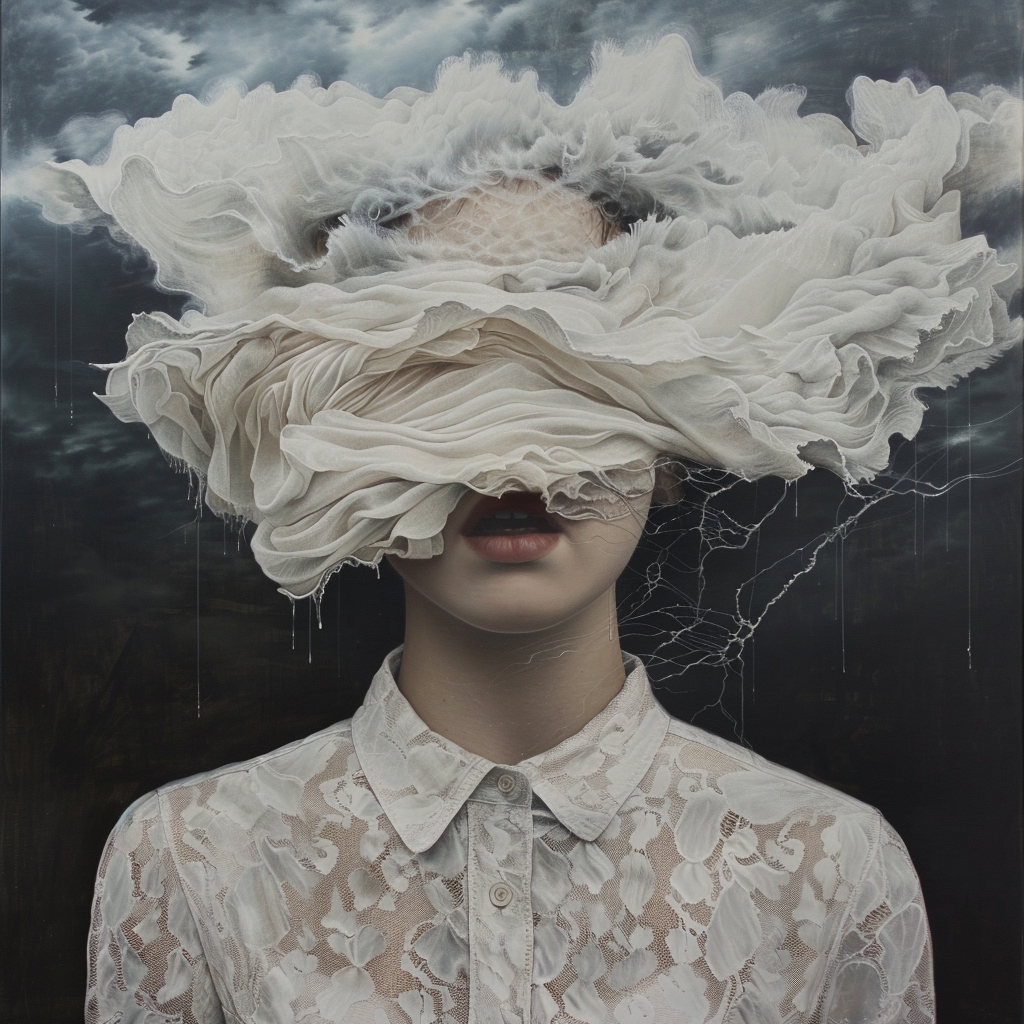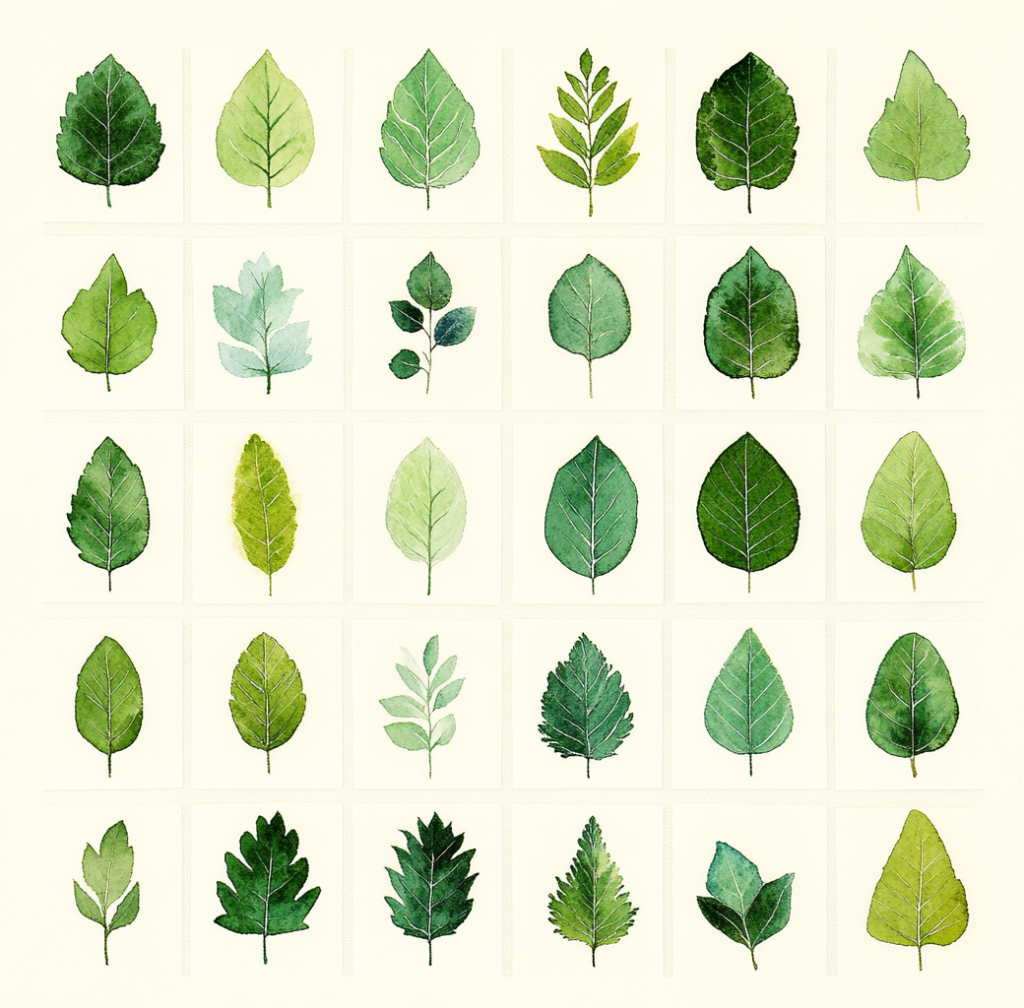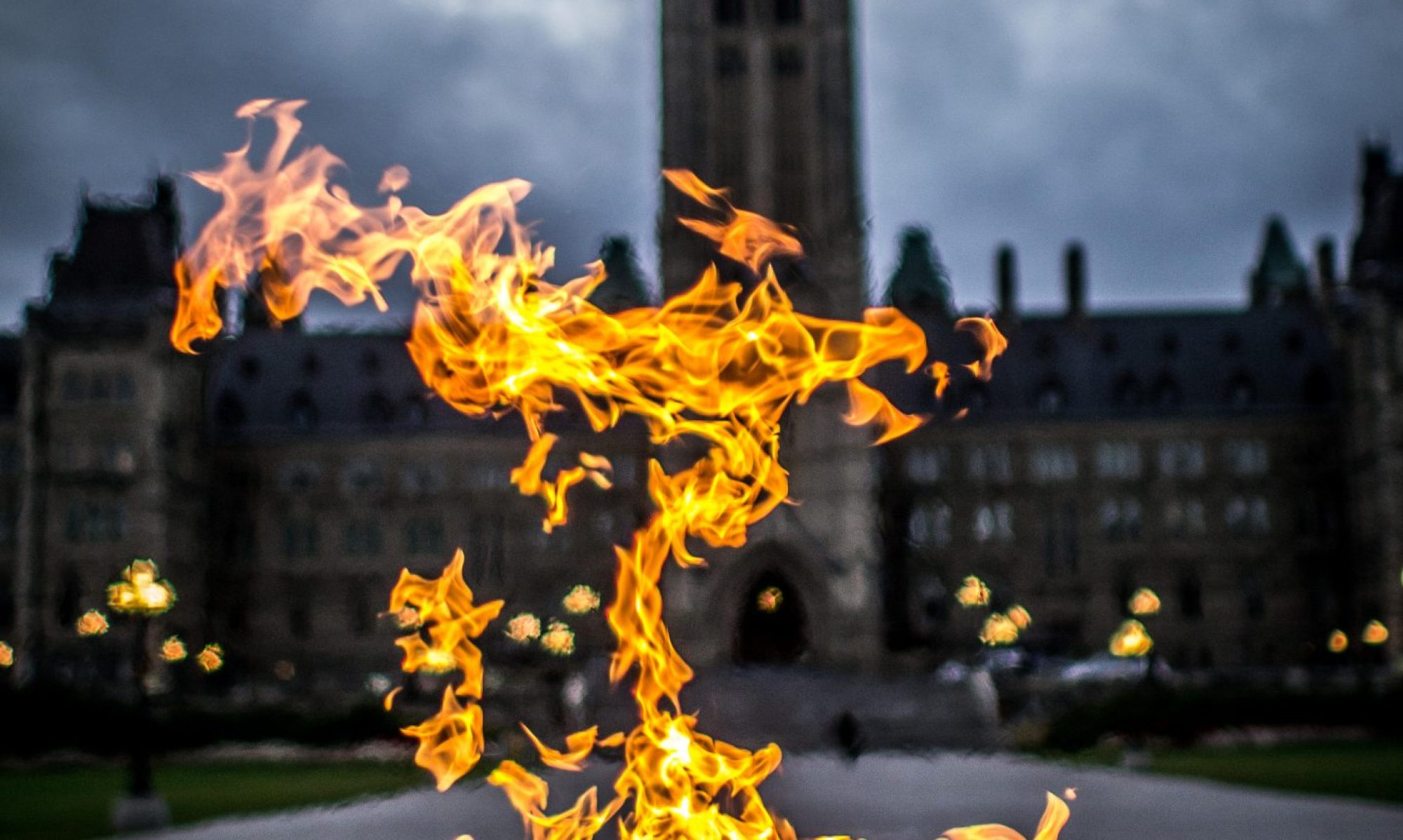There was a time when images were evidence. A medieval map was not just a representation but a claim to knowledge, an argument about how the world was structured. A Renaissance painting revealed divine order, a photograph proved that something was. Today, we face a new kind of image—one that does not record but generates, one whose authority does not come from witnessing reality but from statistical inference. AI-generated imagery does not document the world; it thinks the world.
For centuries, knowledge was structured around categories. Aristotle, Linnaeus, and later the Encyclopédistes built systems to organize the world, classifying nature, history, and human thought into legible hierarchies. Even with the rise of empirical science, knowledge remained something accumulated, structured, and verified through observation.

mid journey image #prompt = [coffee in St. Peter’s Square –ar1:1]
The algorithm, however, does not organize knowledge in this way. It does not categorize the world from above but learns patterns from within. Unlike an 18th-century taxonomist, an AI system does not define a tiger by its stripes or its feline characteristics—it simply processes vast quantities of data, detecting statistical correlations that allow it to recognize a tiger without ever defining it.
This is a profound shift. Knowledge, once built through observation and classification, is now generated by inference. The AI-generated image follows this logic. It does not capture a moment, as a photograph once did, nor does it interpret a subject, as a painting might. Instead, it predicts what an image should look like, based on probabilities. The result is something fundamentally different from representation: an image that emerges from a machine’s internal logic rather than from reality itself.
For centuries, images were linked to material constraints: pigments on a canvas, light on film, a chemical process that left behind a physical trace. Even digital images, while infinitely replicable, still maintained a relationship to a source—a photograph taken, a frame captured. AI-generated imagery untethers itself from this history. It is not a copy but an invention, synthesized from a dataset of other images, none of which serve as the original.
This is not just a technological change; it is an epistemological one. If we once sought truth in the documentary image, where do we look now? If an AI can generate a face that has never existed, what happens to our belief in the evidentiary power of the portrait? And if an algorithm can create art indistinguishable from human creativity, what happens to the very idea of authorship?

midJourney image #prompt = [idonthaveacoolname.com –ar 1:1]
We might think of AI as a historian of its own kind—one that does not preserve the past but extracts patterns from it. The great archives of human culture—museums, libraries, film reels—once functioned as repositories of collective memory. AI, trained on these vast datasets, does not remember but predicts. It does not curate the past; it recombines it.
The implications of this shift extend beyond aesthetics. In medicine, AI does not diagnose based on fixed categories but on pattern recognition, seeing correlations that escape human detection. In law, AI systems sift through precedent not to enforce continuity but to optimize decisions. Across disciplines, knowledge is becoming less about interpretation and more about computation.
Yet there is something unsettling in this. AI-generated imagery reminds us that knowledge, long thought to be something we built, structured, and controlled, may now be something we train—a vast statistical model that does not explain but predicts, does not reason but generates.

midJourney image #prompt = [grid of a single leaf –ar 1:1]
If the image was once a window onto the world, AI has made it a hall of mirrors, endlessly reflecting a logic we do not fully understand. The question is no longer whether these images are real, but rather: whose reality do they belong to?

